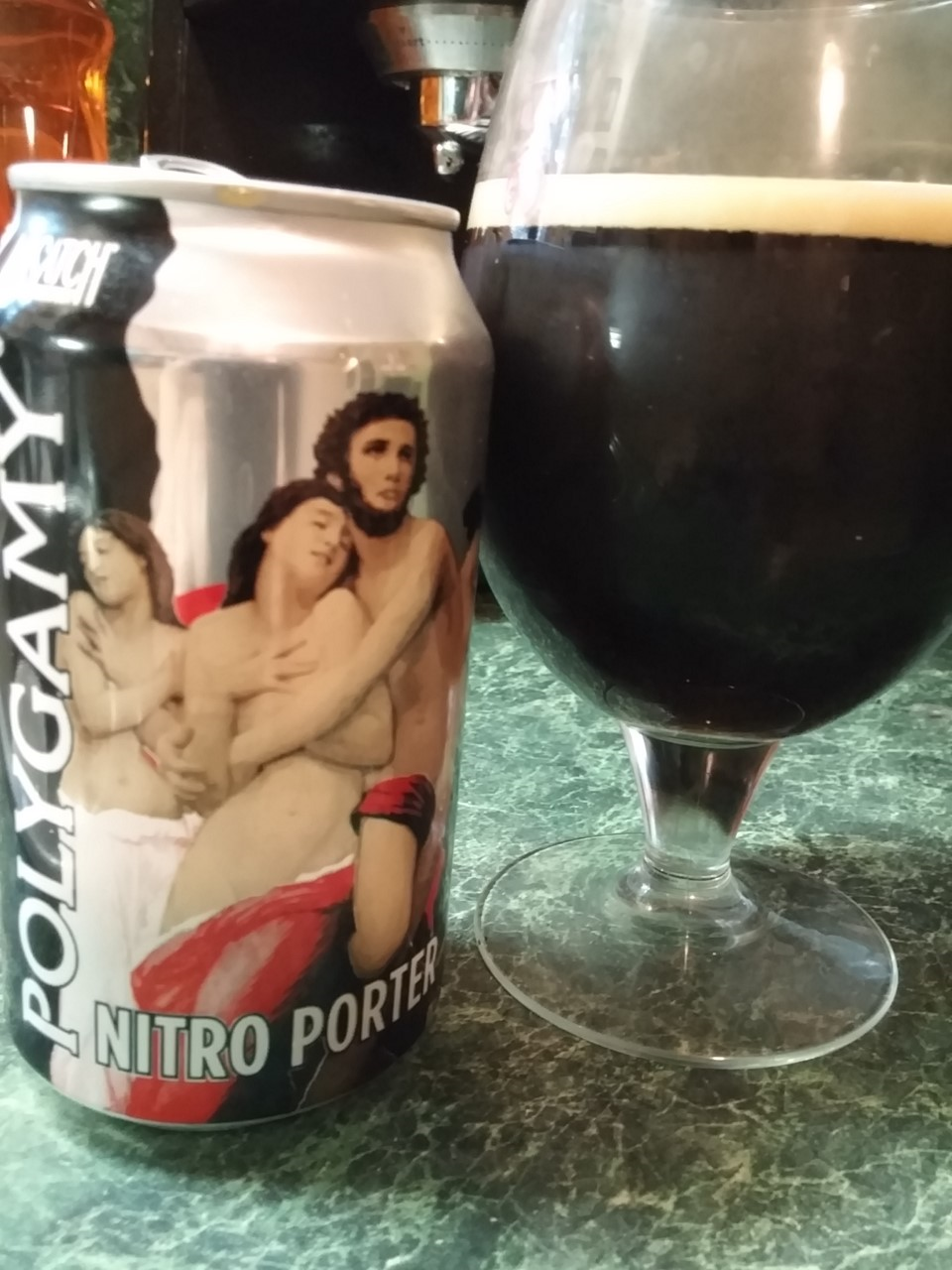If the OP is not using an actual stout faucet - with its restrictor plate that helps the creamy magic happen - I don't see the point of using beer gas, pretty much exactly for the issue being experienced.
Using a conventional faucet forces the dispensing pressure down to essentially that used to push any random beer through a similar faucet - ie, down in the 10-12 psi - range - which results in a CO2 partial pressure too low to maintain the carbonation level as the head space expands. All at no real benefit, because simply put, nitrogen does not dissolve in beer to a functional level, so a pour is going to look like any pale ale, only with less head (if any).
Beer gas and stout faucets work together to produce the desired effect. Separated they're each kinda useless...
Cheers!



